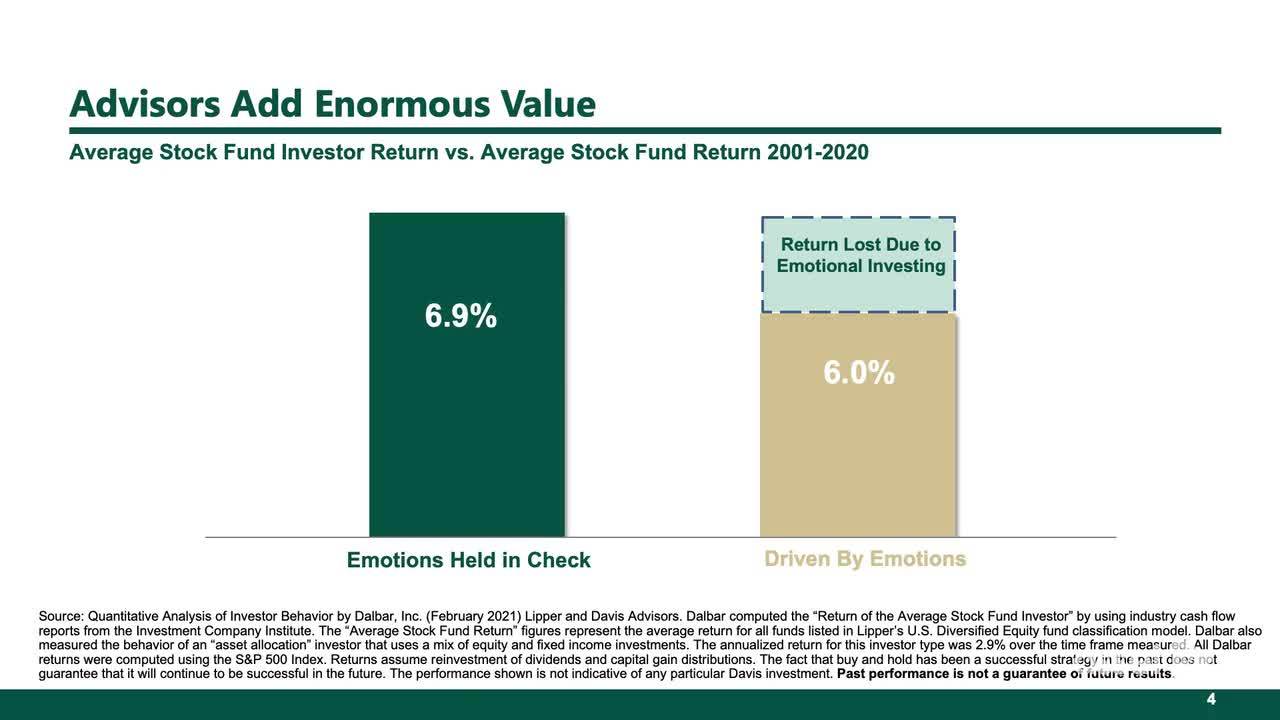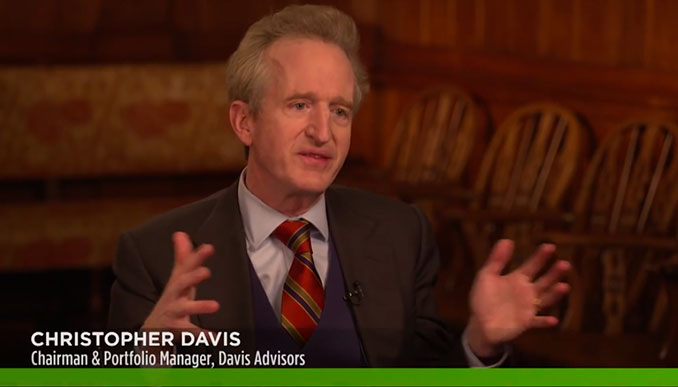As rates normalize, specific companies attributes may be rewarded or penalized by the markets
Transcript
Chris Davis:
I'm going to put up a list of generalities, generalities of things to avoid and balance that with things to own in the environment that we're in.
We're in a market now where we think there is overvalued safety. Wherever investors feel safe, it's usually in something that just hasn't gone down. Our view is that no, the fact that it hasn't gone down increases risk, especially if the valuation has been pushed up. We do think there's a component of the market, we call it overvalued safety, avoid that. The companies relying on the kindness of a stranger, relying on access, easy access to capital markets, it's getting harder and harder. You're seeing that across different sectors. Optimistic growth assumptions, these pie in the sky, it's easy to put on a PowerPoint, it is really hard to do over a long period of time, grow revenue, grow profits. Of course, those, that optimism is being replaced with realism or possibly even eventually pessimism.
High fixed costs with economically sensitive revenue. This is that loser's game of trying to predict, if we aren't going to have a recession, let's jump into these because they have great earnings leverage if we don't have a downturn. That's true, but they're fragile business models if we do have a downturn. Then finally, we put first rodeo cowboys. What we mean by that is just there's such a high value. The value of having gone through cycles of having done the hard things. These CEOs that have never seen a downturn, have never seen a layoff, have been used to putting their hand out at the companies, and investors pour more money into it to get them through anything. Those first rodeo cowboys are in for real surprise
Now let's go to the other side of it. Again, these are going to be generalities. We're going to plow down quickly into themes and then really into companies. That's what we do is companies, not themes, but if you wanted the general green light area, resilient, non-linear growth, long-term growth.
What we mean by non-linear is people, when I talk about overvalued safety, they love being able to put a ruler down and say, well, it grows all the time. That is a dangerous thing because low growth can get really overvalued simply because it's steady. We don't mind a lumpy 15% over a smooth 10% or 12%. We really think of resilient, the resiliency of the underlying business and the underlying growth. Durable earnings power, significant free cash flow, long-lived assets that have pricing power, that lets you adapt to different inflationary environments. The competitive position, the moats, that's what protects your higher than average returns on capital, that balance sheet strength. Companies that are anti-fragile, they can lean into downturns. We'll be talking about some examples of companies that buy in stock when the price is down. That's an anti-fragile company. Make investments of, acquisitions of poorly managed competitors, experience proven management, attractive valuation.
More Videos

Undervalued & Underappreciated – The Opportunity Today in Select Financials (4:05)



